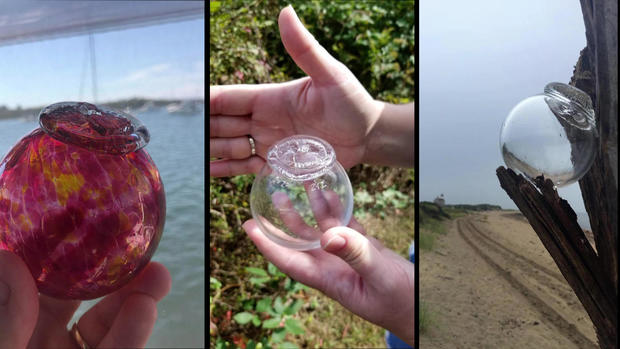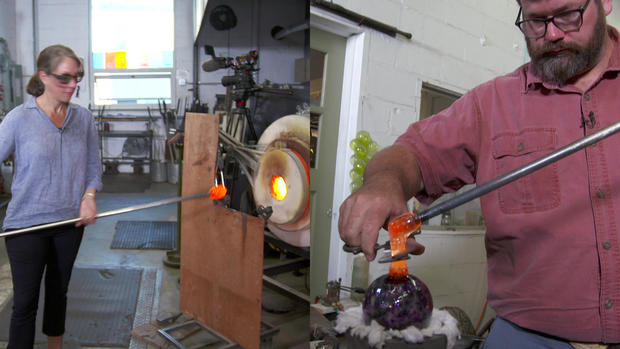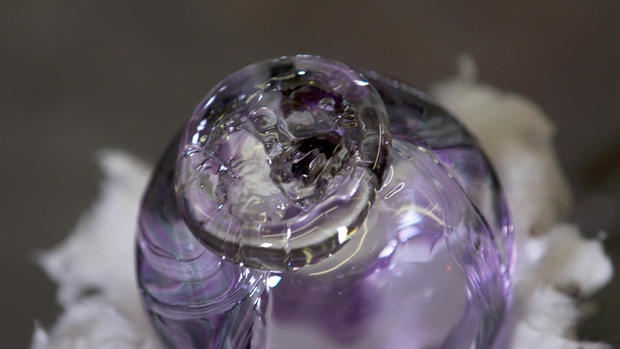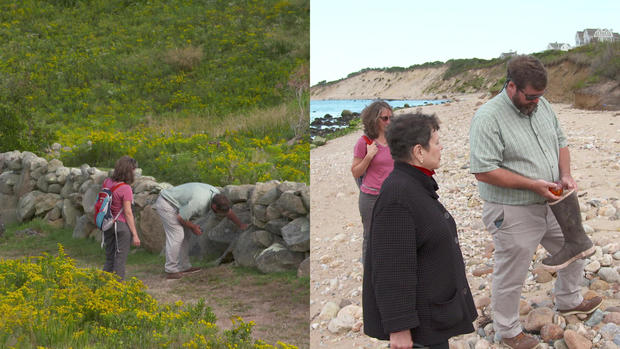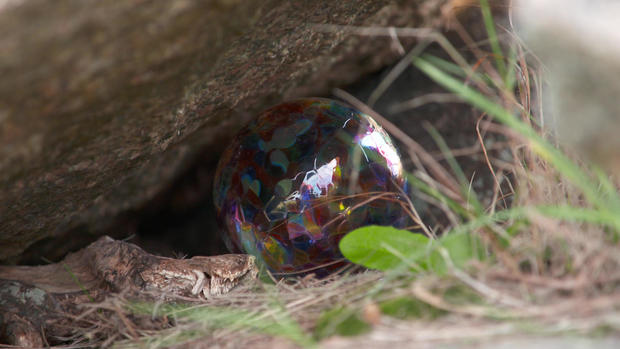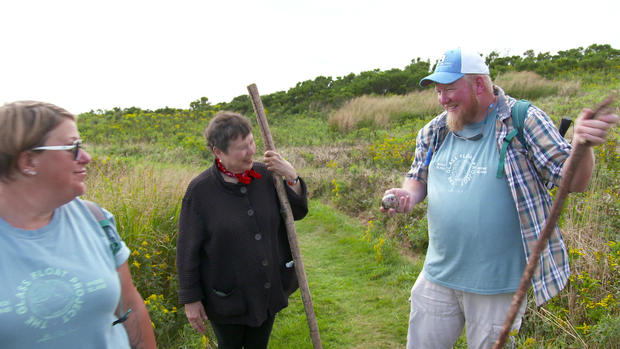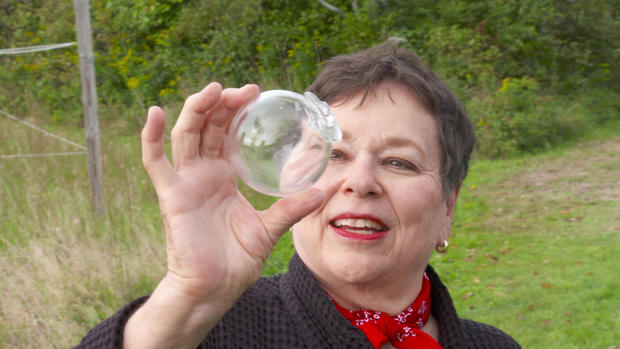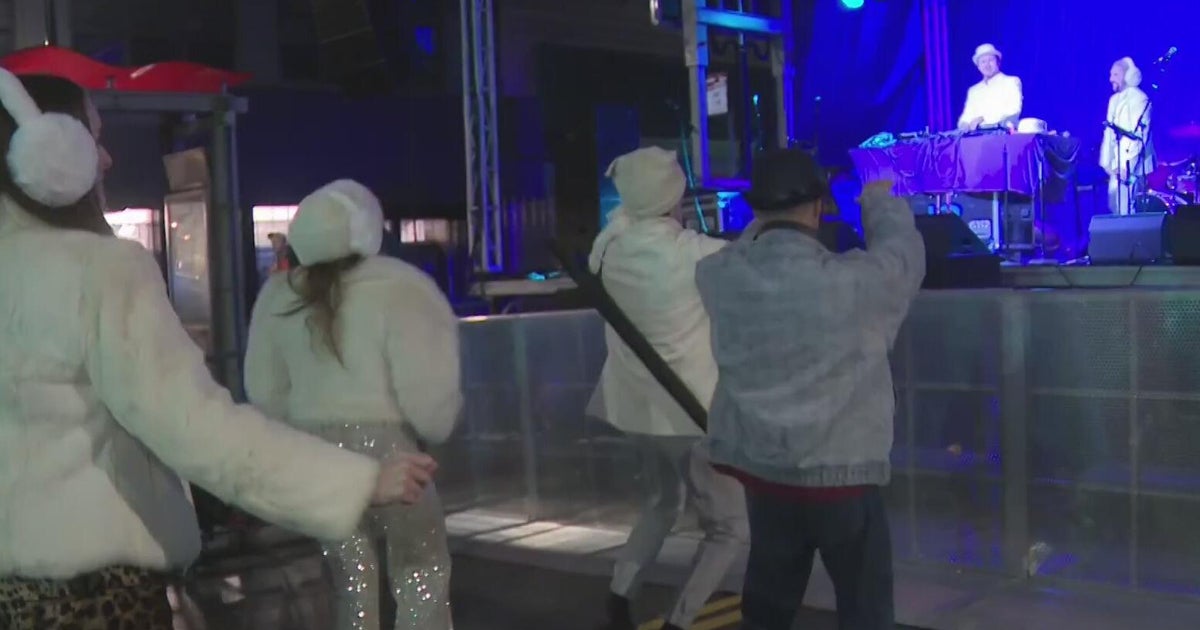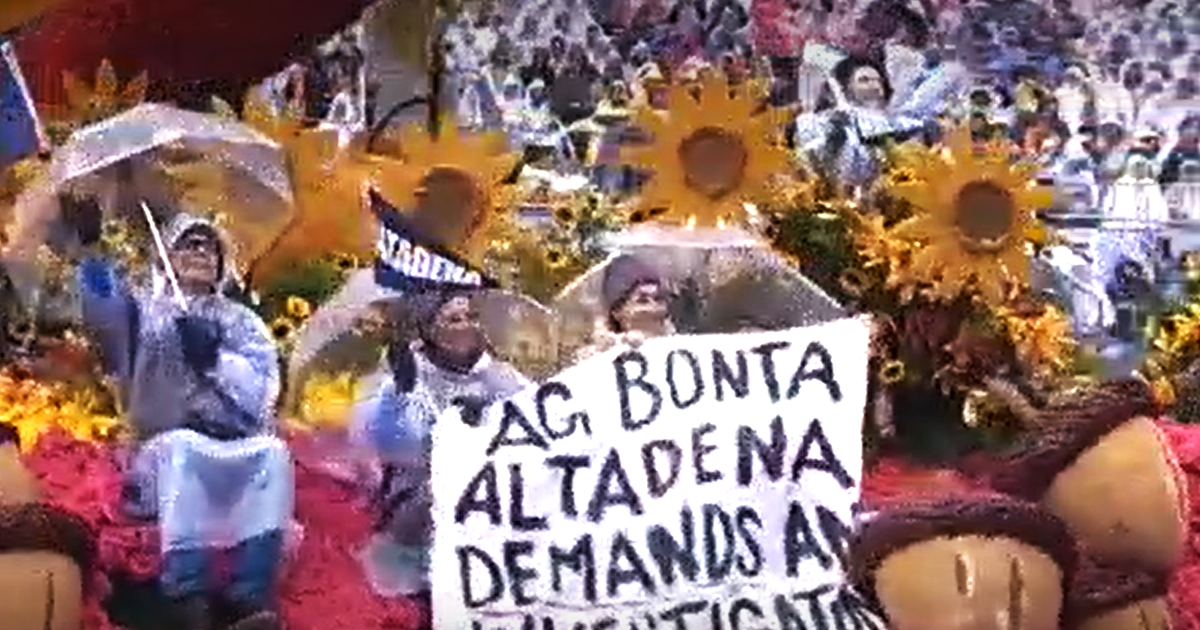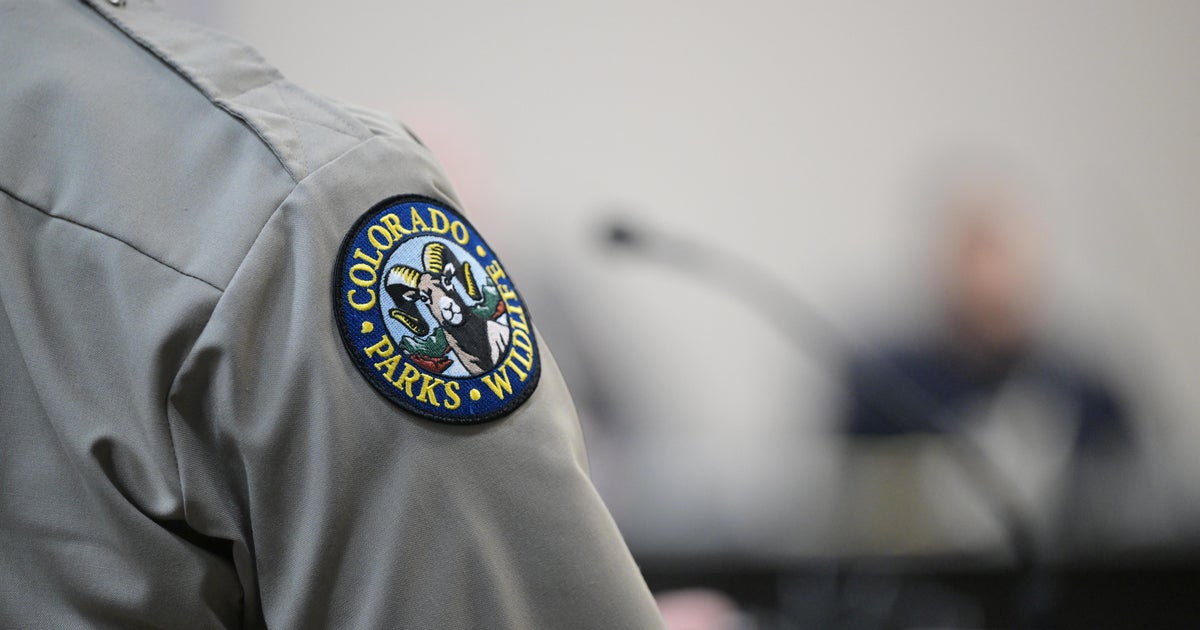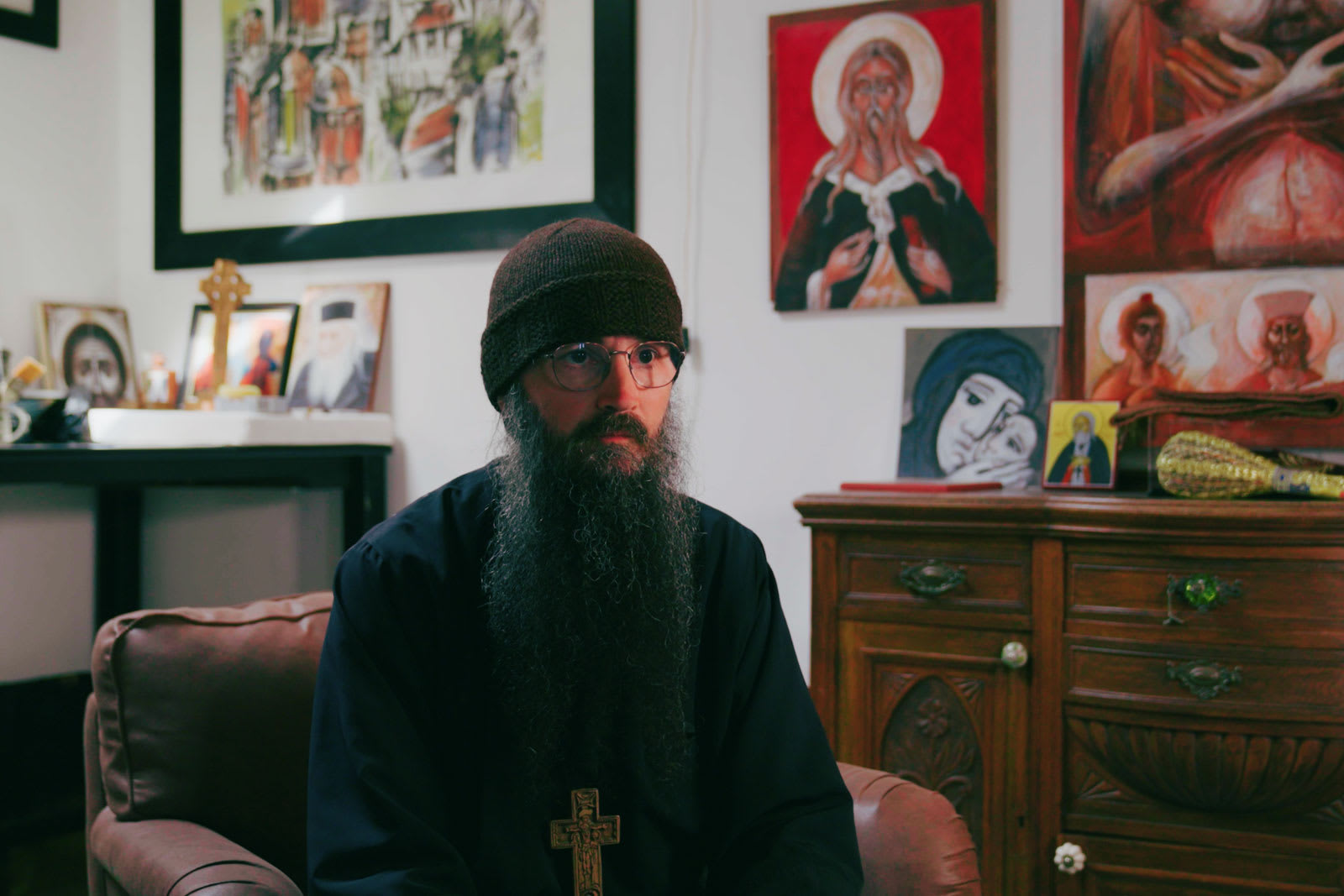A Block Island treasure hunt
So, you've taken the ferry from the mainland, and you're hiking one of Block Island's more than 30 miles of trails, and then bingo! You've just become one of the lucky ones – people who, since 2012, have been finding Block Island's hidden treasure: hand-blown glass orbs.
It was all Eben Horton's idea. He and his wife, Jennifer Nauck, are glass artists in the village of Wakefield, on the Rhode Island coast.
"When the economy slowed down, it was hard to sell my glass," Horton told correspondent Martha Teichner. "So, I came up with this idea to make glass floats, hide them on Block Island, and whoever found them could keep them. I think the first year we made 150."
Now, they make 550. "It's sort of incredible the life that it's taken on," said Nauck.
Float hunting has become one of Block Island's biggest tourist attractions.
Horton etches the number and the year on each one. Most of them are clear, but the first few (22 in 2022) are colored.
To Teichner's amazement, the one she was allowed to make turned out all right.
The orbs get hidden, only on public land, a few at a time, between early June and mid-October.
At first, Horton and Nauck could just head over with a backpack full of floats, or orbs, in broad daylight, and hide them without attracting attention, Not anymore!
Teichner asked one man on the trail, "Are you looking for something?"
"Oh, I'm always looking for orbs," he said. "Isn't everybody?"
So many people recognize Horton now, and even stalk him, that – like Santa – he's got helpers. Jessica Willi, head of the Block Island Tourism Council (which helps subsidize the cost of the Glass Float Project), has been a hider herself. "We're a secret society," she said.
Willi also oversees the website where finders register their finds. "It gets people out on the trails and enjoying the beauty, the natural beauty of Block Island," she said.
It's only seven miles long and three miles wide, but nearly half of it is protected open space, meaning loads of stunning hiding spots. The question is, how long will the orbs stay hidden?
Willi said, "There's probably about 5,000-10,000 people looking in a year," People that want one, really want one."
Or, more than one. People like Jackie and Dave Carpenter, who are "orbivores," as orb hunters refer to themselves. They showed Teichner their map of Block Island: "This is our orb shrine," said Dave. "It has been made to show where every single orb has been found on the island – six orbs so far!"
The Carpenters are a little on the fanatical side...
This is how they spend their vacation every year, literally beating the bushes. "Generally speaking, a stick is the most important thing anyone who comes out looking [can have], other than having a good attitude and an open mind," said Dave.
He was feeling lucky today. "Remember, the orb will always find you," he said.
Sure enough, exactly an hour-and-a-half after setting out, Mr. Lucky found himself a float. "That's a bingo!" he exclaimed. "Oh yeah! Look at that rainbow!"
Remember, thousands of people hunt for years without finding one.
Teichner asked, "So, are you done for the year or do you keep looking?"
"No, you're never done," Dave replied. "You keep looking."
But, according to the rules, you can only keep one per person per year. Here's where float finding gets complicated, because, what do you know, Jackie found one under a tree. "What a day! Dave, would you like to see what you missed?"
But they'd already found one, so back into hiding it went.
Reporter's Note: There was nothing rigged about any of this, but guess what: Teichner found one herself. "2021, number 143!"
What makes a plain, glass ball suddenly priceless, with the capacity to bring joy?
P.S.: Remember the orb Teichner made? Two days after she hid it, a woman from just north of New York City, Debbie Kroon, spotted it. She'd been trying to find one for eight years.
For more info:
- The Glass Station Studio, Wakefield, R.I.
- The Glass Float Project
- Did you find a glass float? Register it at the Block Island Tourism Council website
- Block Island Tourism Council
Story produced by Michelle Kessel. Editor: Remington Korper.
